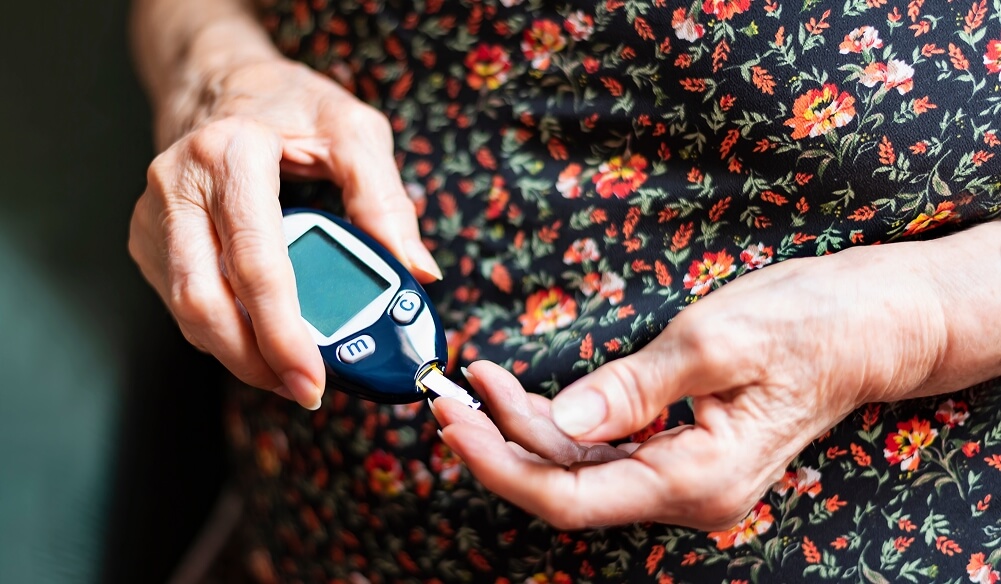Accelerating progress in type 1 diabetes: Fortrea’s conversation with Breakthrough T1D
World Diabetes Day reminds us why advancing treatments for type 1 diabetes (T1D) matters—not just for the 8.4 million people living with the condition today, but for the families navigating new diagnoses and the researchers working to change outcomes1. At Fortrea, we've collaborated with Breakthrough T1D to explore the challenges and opportunities shaping T1D clinical research. Through three podcast conversations, with Dr Mala Puri and Dr Friedrich Mittermayer , both Senior Medical Directors at Fortrea, we discuss why traditional approaches often fall short—and what needs to change.
The adult diagnosis problem: why 40% of patients are initially misdiagnosed2
Up to 40% of adults with T1D receive an initial type 2 diabetes diagnosis, with an average delay of 3.6 years before correct identification. This isn't just a clinical oversight—it's a barrier to life-changing treatments2.
In our first podcast with Dr. Esther Latrice, Vice President of Research at Breakthrough T1D, and Dr Friedrich Mittermayer we discussed why adult-onset T1D is so often missed. The presentation is more heterogeneous than in pediatric cases, sometimes developing with only one autoantibody rather than the multiple markers typically used for diagnosis.
The implications extend beyond individual care. Disease-modifying therapies work best when beta cell function remains intact, but the narrow recruitment windows in most clinical trials—often just 100 days post-diagnosis—exclude patients who were initially misdiagnosed. We're missing potential trial participants at the exact moment intervention could make the greatest difference.
What's changing:
Machine learning algorithms are being developed to identify misdiagnosed patients earlier by analyzing electronic medical records for patterns like lower body weight, higher glucose levels, and increased specialist interactions. This could transform how we identify and recruit adult T1D populations for trials.
The pediatric opportunity: rethinking the first 100 days
Children with even modest residual beta cell function at diagnosis provides immediate benefits like reduced hypoglycemia and better glycemic control, plus long-term protection against complications3. Yet hemoglobin A1C, the traditional trial endpoint, tells us nothing about beta cell preservation or immune activity.
The second and third podcasts with Dr. Sanjoy Dutta, Chief Scientific Officer at Breakthrough T1D, and Dr Mala Puri, focused on pediatric care—specifically those critical first 100 days after diagnosis. T1D is fundamentally an autoimmune disease, not just a metabolic condition, and the landscape is changing from providing a bandaid to help with symptoms to targeting the underlying pathology and looking for a cure. One FDA-approved immunotherapy, Tzield (teplizumab)4, can delay insulin dependence by a median of three years when given at stage 2. More therapies targeting different disease stages are in development.
But approval is only the beginning. Implementation faces significant hurdles: clinical inertia, lack of holistic care models, and shortage of endocrinologists. When families receive a T1D diagnosis, they can feel overwhelmed with information—learning disease management, meeting multiple specialists, processing emotions. Adding trial participation to this overwhelm requires careful consideration.
What’s changing:
The conversations revealed several imperatives for sponsors and CROs:
- Design trials for families, not protocols. This means evening and weekend visits, telehealth options, mobile services, and ruthlessly eliminating "nice-to-have" assessments that add burden without critical value.
- Engage patient advocacy early. Breakthrough T1D's Participant Advisory Councils bring diverse voices into protocol design, identifying barriers researchers might miss.
- Embrace smarter endpoints. C-peptide is considered a validated marker of beta cell function by the research community, though regulatory acceptance varies. Using more direct measures of disease modification could shorten trials and provide clearer efficacy signals.
- Build holistic care models. Successful trial sites will integrate diabetes educators, nutritionists, technology leaders, and psychosocial support—not just endocrinologists.
Why this matters now
We're at an inflection point. The science is advancing rapidly. But translating breakthroughs into accessible treatments requires research infrastructure that meets patients where they are—whether that's an adult misdiagnosed for years or a family navigating those overwhelming first 100 days. At Fortrea, our commitment extends beyond conducting trials. We're working to make sure that innovative study designs, patient-centric operations, and strategic collaborations accelerate the path from discovery to availability.
Because knowledge is power, as Dr. Dutta emphasized. And access to that knowledge—through proper diagnosis, trial participation, and approved therapies—should be a right, not a privilege.
Listen to the full podcast series to hear more insights from Fortrea and Breakthrough T1D on transforming T1D research and care.
References
- Mahase, E. Type 1 diabetes: Global prevalence is set to double by 2040, study estimates. BMJ, 2022; 378:o2289. Last updated 22 September 2022. Last accessed 8 October 2025.
- Brixner, D., Beyene, T. J., et al. Diagnostic delay in people with type 1 diabetes and a prior type 2 diabetes diagnosis—A U.S. managed care population. Diabetes. 2025; 74(Supplement_1):1080-P.
- Kennedy, E. C. and Hawkes, C. P. Approaches to Measuring Beta Cell Reserve and Defining Partial Clinical Remission in Paediatric Type 1 Diabetes. Children. 2024; 11(2):186.
- Provention Bio, Inc. TZIELD (teplizumab-mzwv) injection, for intravenous use. Prescribing Information. U.S. Food and Drug Administration. Revised November 2022. Available at: https://www.accessdata.fda.gov/drugsatfda_docs/label/2022/761183s000lbl.pdf. Last accessed August 18, 2025.
